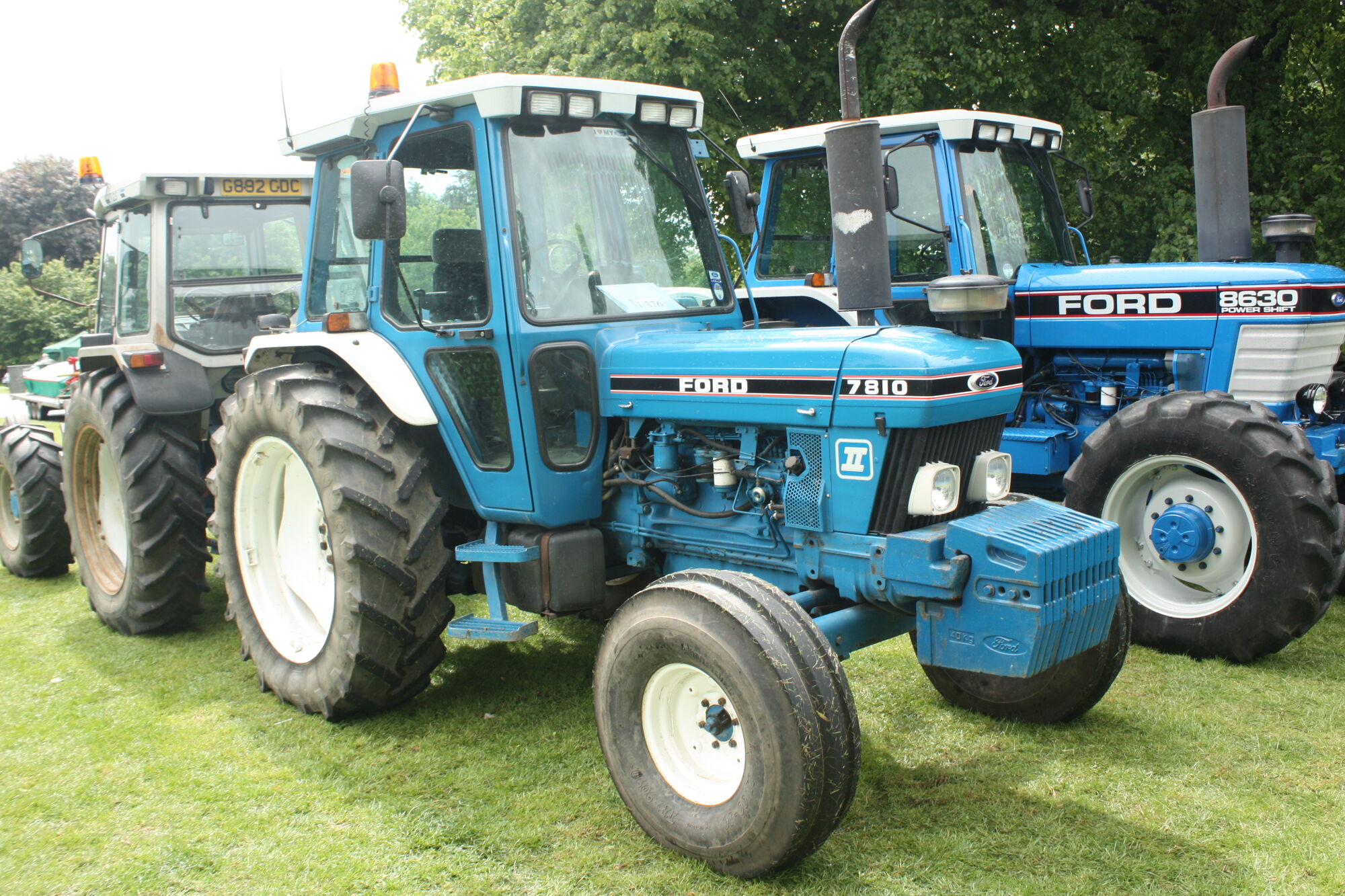Important Note:The engine serial number only dates the final approval of the assembled run-in engine, not the casting dates of the engine components, not the actual assembly date of the engine components, and not the assembly date of the vehicle.The vehicle was sometimes assembled up to 3 months after the engine was assembled, tested, and numbered. Engines also were not used in vehicle final assembly in the same sequence that the engine itself was produced or numbered.At the time of vehicle final assembly, the pre-existing engine number was also usually stamped on the vehicle frame in one or more locations (top of LH frame rail near the Number One body bolt).The number cannot be inspected without removal of sheet metal and lifting of the body off the frame because the frame number was covered with the splash apron and body. Additionally, it is usually difficult or impossible to read the frame number due to frame corrosion and pitting from the moisture held by the cotton frame webbing. (Additional note: frame serial numbers were typically not stamped on Canadian-built Model A's).This delay between engine component production, engine assembly, engine test, approval, and numbering at the Rouge, and subsequent vehicle final production at one of the 30+ Assembly Plants or Branches nationwide varied based on the location of the final assembly plant, as well as the different production schedules and rates between plants.
Important Points:Thus it is common to find an apparent 'later' car with an 'earlier' engine when comparing two vehicles to each other. An 'earlier' engine could be defined as one with either an earlier serial number (indicating production date), or one having earlier part feature characteristics than the serial number (date) would nominally indicate.Examining the production sequence backwards, this seeming discrepancy is the valid result based on when and where the cars were final assembled, when their engines passed final test and were numbered, when their engines were assembled from components, and when their actual individual engine components were produced. Delays occurred at any combinations of steps in the processes.It is possible to have a complete engine assembly which was produced using 'earlier' parts or castings, and yet having a 'later' engine number, due to delays and rework within the Engine Production Department at the Rouge. Production Foreman's (handwritten) daily logs and journals on file at the Benson Ford Research Center detail many engines which were delayed or round-tripped within the assembly process, prior to final test, approval, and numbering.Additionally, it is also possible to have a car assembled at a much later date than the engine numbering date, due to slow sales and vehicle production (especially during 1931), and freight distance from the Rouge to the several west coast assembly plants.
Ford 7740 Serial Numbers Lookup

Many completed and numbered engines were warehoused and stored for extended periods before assignment and installation in a vehicle.One consequence of the delayed use of warehoused engines is that it is possible to find a 1931 Model A which has a mid-February or earlier built engine having the early numeral styles (fonts), which was installed in a chassis after mid-February, and which has the frame number stamped using the later style numerals 1, 6, and 9. Large Bore & Small Bore, LHD & RHD Model A Engine ProductionThe engine number is distinct from the alpha prefix letter(s). The numeric serial number is unique and is not directly correlated to the prefix letter(s). The prefix is preceded by a ☆ character, and the numeric serial number is followed by a closing ☆ character.Ford also built Right Hand Drive (RHD) engine assemblies and vehicles at the Rouge as well.
These Rouge-built engines were primarily destined for South America and Japan, not the British Empire. Only the specific engine serial number, not the prefix nor type, can identify the actual engine production facility as being either the Rouge or Dagenham, England. Canadian-produced engines can be readily identified by their Canada-unique prefixes and serial numbers.RHD engines and vehicles produced in Canada for export to British Empire countries carried typical Canadian engine number prefixes, and the prefix did not indicate if the engine and chassis was configured for RHD or LHD usage.Engines produced at the Rouge for RHD usage carried the 'F' in the engine number prefix, such as '☆AF' or '☆AAF'. At the Rouge, the 'F' indicated that the engine and chassis was configured for RHD usage.For example, engine serial number 1234567☆ was produced at the Rouge and might have had a prefix of ☆A, ☆AA, ☆AF, or ☆AAF depending on whether it was for a car or truck (clutch), and whether it was for a large bore engine and transmission assembly for the US, or for a RHD large bore engine and transmission assembly produced at the Rouge for export to a RHD non-British Empire country (such as Japan or certain South American countries). Terms & Condition of Use:Information on the Ford Garage web site is based on historical record and ongoing research, is believed reliable, and is presented in good faith.Information on the Ford Garage web site is presented for the User's consideration as-is and free of charge. No warranty, guarantee, representation as to its accuracy, nor fitness for a particular use is expressed or implied.Ford Garage and its owner assumes neither responsibility nor liability for completeness or correctness, errors or omissions, or for the effects of use or mis-use of the information presented on Ford Garage.By utilizing the Ford Garage web site, the User agrees to these terms and conditions and assumes all liability and responsibility for the User's use of the information presented.